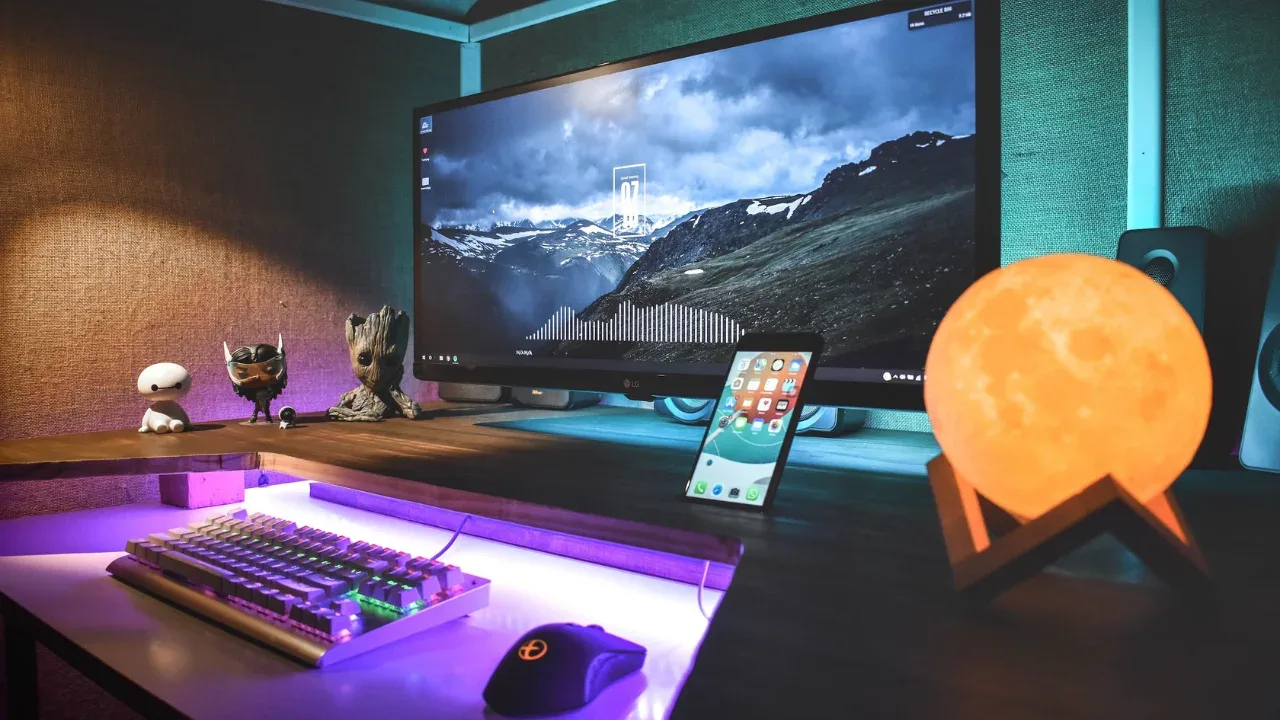Manifest Merger failed with multiple errors in Android Studio

📝 Title: Manifest Merger Failed in Android Studio? Here's How to Fix It!
Hello there, fellow Android and Java beginner! We all start somewhere, so don't worry about asking for help. Today, let's tackle a common issue that many newbies encounter: the "Manifest merger failed with multiple errors" in Android Studio. 🐞💥
✨ Understanding the Problem
When you see this error, it means that there are conflicting declarations in your AndroidManifest.xml file. The manifest file acts as a blueprint for your Android app, specifying its components, permissions, and more. However, sometimes there may be conflicts between different parts of your app.
🔍 Common Causes and Solutions
1️⃣ Duplicate Declarations: The error message suggests that there are duplicate declarations, so leave only one declaration, removing all the others.
Looking at your AndroidManifest.xml snippet, I noticed that the activity tag for MainActivity is declared multiple times. Remove the duplicates and keep only one. 🔄
2️⃣ Incompatible Libraries: Another common cause is incompatible libraries or dependencies that don't work well together. Upgrading or downgrading certain libraries might help solve the issue.
In your build.gradle file, check if the versions of compileSdkVersion, targetSdkVersion, and the support library (appcompat-v7) match. Ensure that they are all using the same version. If not, make the necessary adjustments to align them. 🧩
3️⃣ Version Mismatch: Sometimes, the minSdkVersion and targetSdkVersion in your build.gradle file might not align with the components in your AndroidManifest.xml.
Double-check that the minSdkVersion is compatible with the features used in your manifest. If necessary, update the minSdkVersion to a higher value, ensuring it supports your manifest requirements. 🔄
💪 Implementing the Solutions
Open your AndroidManifest.xml file and make sure there's only one declaration for each component. Specifically, remove the duplicate declaration for
MainActivity.Open your build.gradle file and ensure that the versions of
compileSdkVersion,targetSdkVersion, and the support library (appcompat-v7) match.If needed, adjust the minSdkVersion in your build.gradle file to match the requirements set in your AndroidManifest.xml.
🚀Time to Run Your App!
After making these changes, sync your project with Gradle by clicking on the "Sync Now" button that appears in the toolbar or by selecting "Sync Project with Gradle Files" from the "File" menu. Once the synchronization is complete, try running your app again. With a little luck 🍀, your manifest merger issue should be resolved. 🙌
📣 Share Your Success Story!
If you found this guide helpful and your problem is solved, let us know in the comments below! We would love to hear your success stories and help others in the same boat. Remember, asking for help is a sign of strength, and your experience may inspire someone else. 🌟
👉 Conclusion
The "Manifest merger failed with multiple errors" issue can be frustrating, especially for beginners. By removing duplicate declarations, aligning versions, and ensuring compatibility between the manifest and build.gradle files, you'll be on your way to resolving this problem. Keep coding, exploring, and asking questions! 🚀🔥

